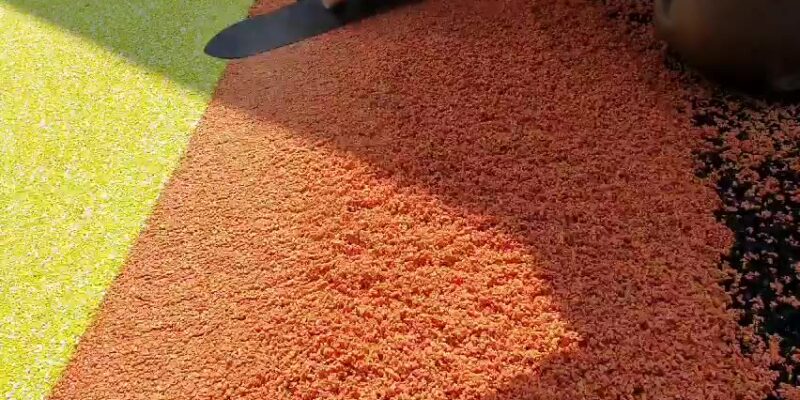 Emergence of New 3D Printing Material
Emergence of New 3D Printing Material
Photopolymer has emerged as one of the most promising materials for 3D printing in recent years. Unlike traditional 3D printing materials like plastic and metal, photopolymer solidifies when exposed to UV light. This photochemical process allows photopolymers to be cured layer by layer with high precision, enabling the production of complex and accurate parts.
Advantages of Photopolymer in 3D Printing
High Resolution and Precision
Photopolymer cures into a solid through a photochemical reaction when exposed to light. This photochemical process allows it to be cured layer by layer with resolutions down to 16 microns. The layer-by-layer curing helps achieve superior geometric accuracy and surface finish in the final prints. Complex products with intricate internal structures and moving parts can be 3D printed with photopolymer.
Wide Material Properties
Photopolymers are available in varied material compositions to suit different application requirements. Rigid polymers with high strength and durability are ideal for functional prototypes and some end-use parts. Flexible photopolymers with rubber-like properties open up opportunities in applications that require elasticity and impact resistance. Biocompatible photopolymers allow creating medical models and surgical guides.
Fast Printing Speeds
Since the curing process involves light exposure instead of physical phenomena like heating, cooling, and melting, photopolymers can be printed much faster than traditional 3D printing materials. Complex parts that would take days to print with plastics or metals can be finished within hours using photopolymers. The high printing speeds make photopolymers suitable for batch production in industrial settings.
Low Maintenance 3D printers
As photopolymer curing is a cold process involving only light, the 3D printers need not incorporate additional components for heating or cooling. They have simple and compact designs focused only on precision light curing. The all-digital nature also means less maintenance, jams, or machine downtime compared to FDM or SLS technologies. This reliability and easy maintenance reduce the total production costs.
Applications of Photopolymer 3D Printing
Prototyping
Being highly accurate and possessing material properties resembling the final product, photopolymers have enabled realistic functional prototyping across industries. Engineers can inspect form, fit, and function of prototypes before committing to expensive tooling. It has streamlined product development processes.
Medical and Dental Models
Biocompatible photopolymers are ideal for creating accurate anatomical models and surgical guides used in preoperative planning, medical device development, and dental applications. The realistic details help surgeons visualize complex procedures in 3D.
Casting and Tooling
Robust photopolymer prints with fine details are used as casting patterns for investment casting of metal parts. They are also employed as masters or inserts for injection molding tooling after proper surface treatment. This provides an affordable way to produce hard tooling.
Optics
The micro-scale resolution and dimensional accuracy allow 3D printing optical lenses, filters, Waveguides and other photonic components using specialized photopolymers. Complex optical designs challenging to machine can be 3D printed layer-by-layer.
With advancements in material science, new photopolymers with varied material compositions are continuously being developed to suit ever expanding application areas. As the digital manufacturing technology, 3D printing helps organizations develop innovative new products efficiently and reduce costs. The evolution of new 3D printing materials like photopolymers would play a key role in the growth of additive manufacturing industry in the coming years.
Get More Insights On- Photopolymer
Get this Report in Japanese Language:
Get this Report in Korean Language:
About Author:
Money Singh is a seasoned content writer with over four years of experience in the market research sector. Her expertise spans various industries, including food and beverages, biotechnology, chemical and materials, defense and aerospace, consumer goods, etc. (https://www.linkedin.com/in/money-singh-590844163)
